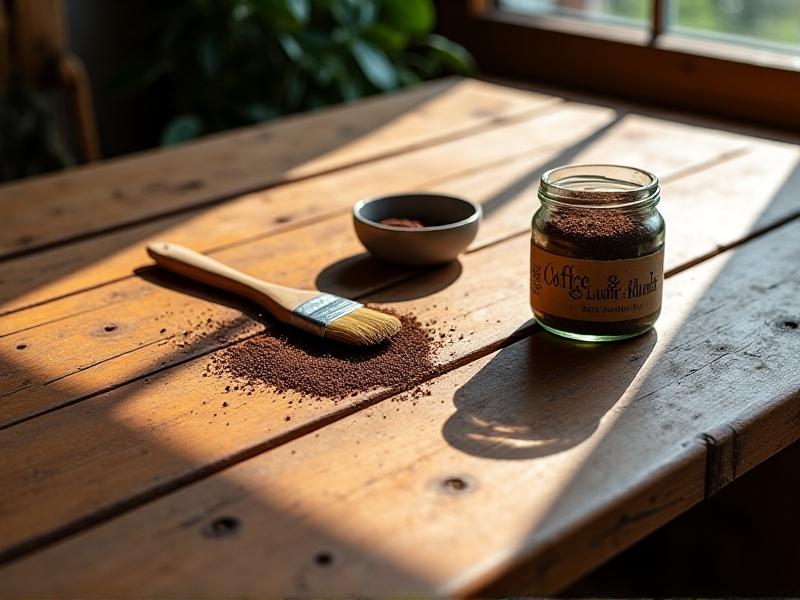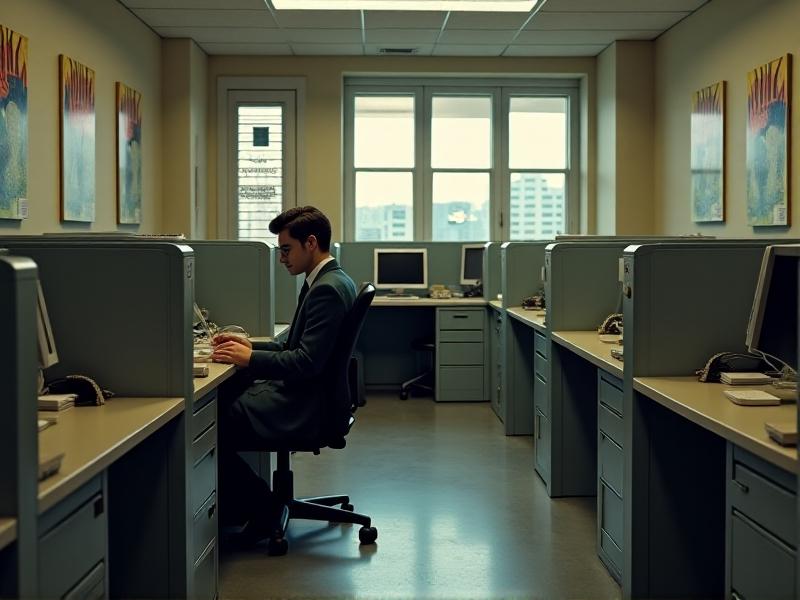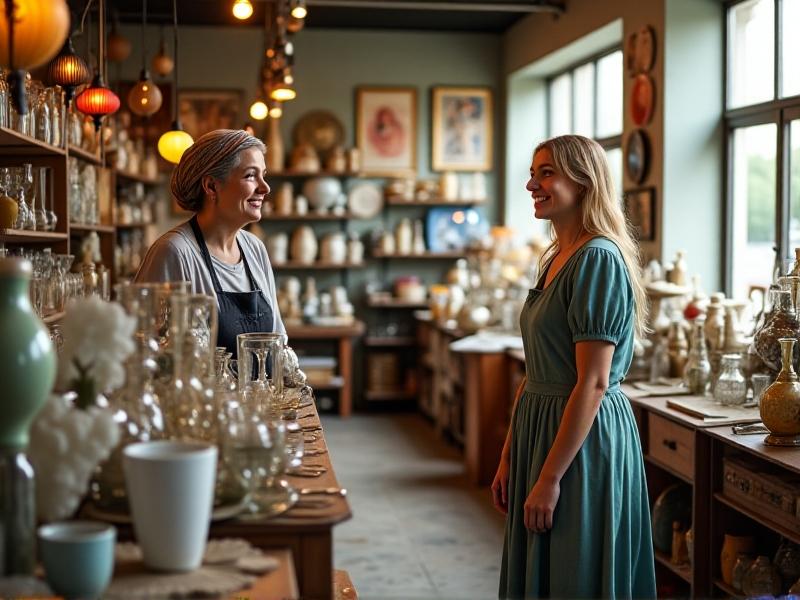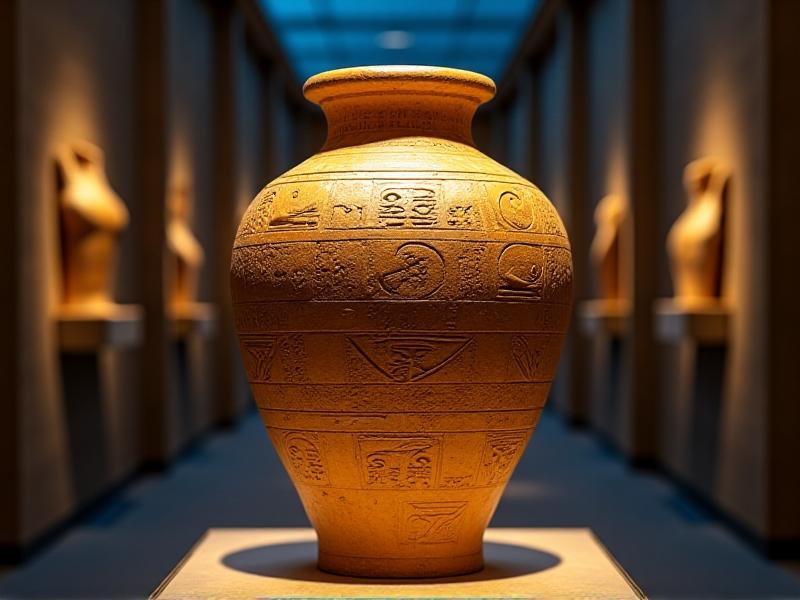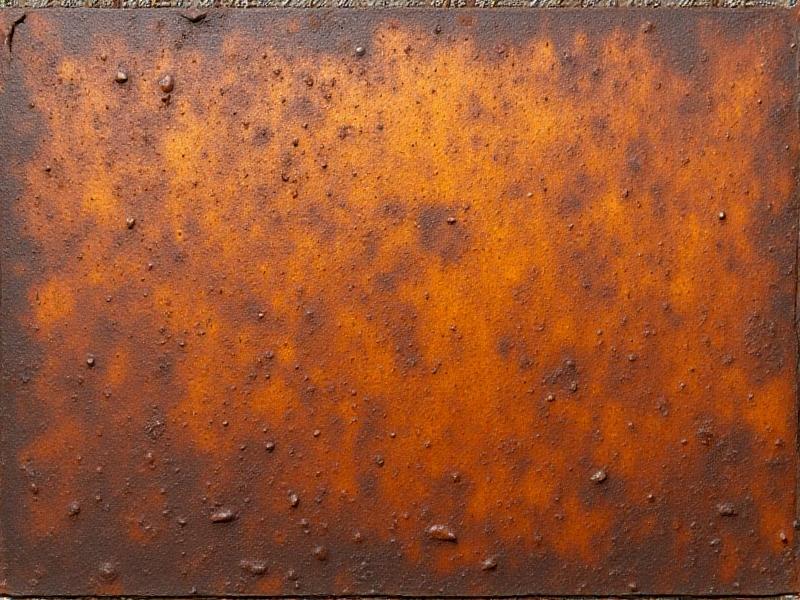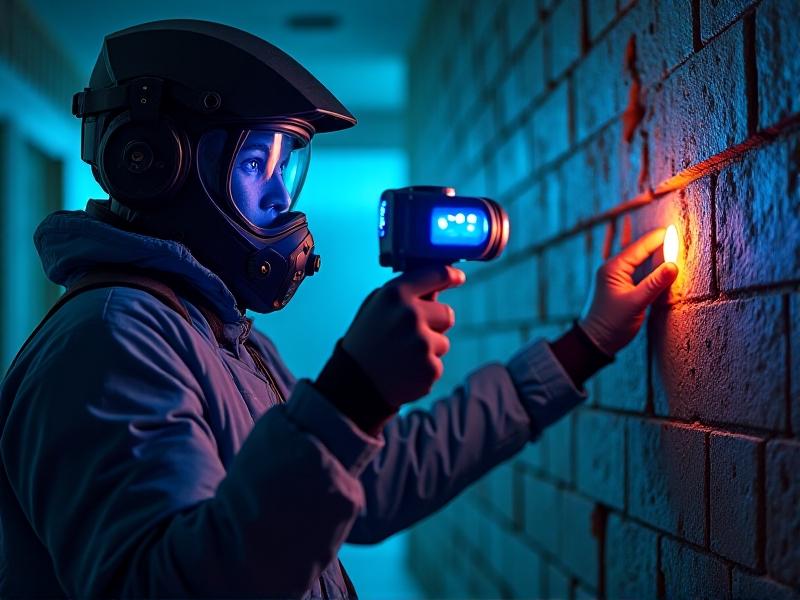Grandma's Dresser to Modern Media Console: The Ultimate Guide
The Timeless Appeal of Repurposing Vintage Furniture
In an era of mass-produced furniture, transforming Grandma’s old dresser into a sleek media console isn’t just a DIY project—it’s a statement. Upcycling heirloom pieces bridges generational gaps, blending nostalgia with modern design. Vintage furniture often boasts superior craftsmanship, like dovetail joints or solid wood construction, which newer pieces lack. By reimagining these items, you preserve history while creating functional art tailored to contemporary lifestyles.
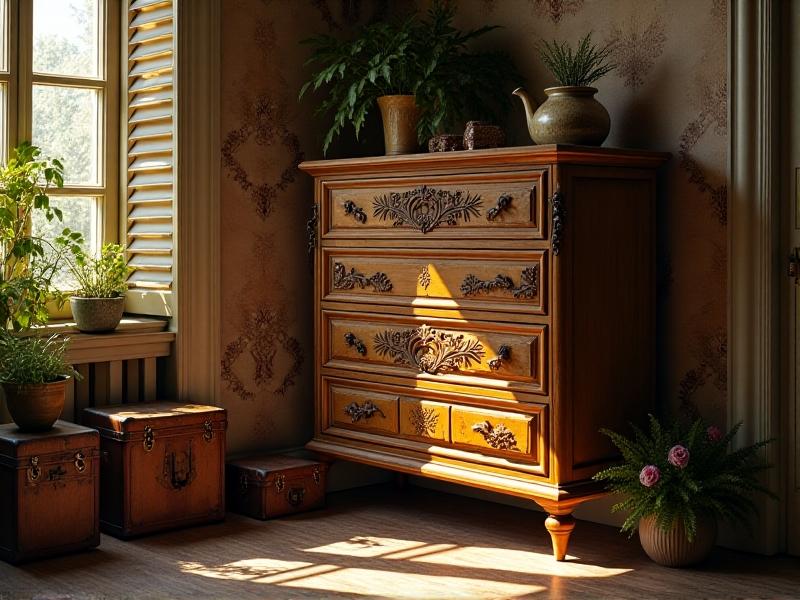
Assessing Your Dresser’s Potential
Not every dresser is a candidate for conversion. Start by evaluating structural integrity: check for wobbling, cracked drawers, or rot. Solid wood pieces are ideal, as they withstand sanding and refinishing. Measure the dresser’s height and depth to ensure it accommodates TVs or soundbars. Consider drawer configurations—could they hold remotes or gaming consoles? A mid-century dresser with clean lines might require minimal changes, while an ornate Victorian piece may need bold paint to feel modern.

Essential Tools and Materials for the Transformation
Gather supplies before diving in. Basic tools include sandpaper (80-220 grit), a power sander, primer, and paint. For hardware upgrades, invest in a drill, new knobs or pulls, and wood filler for scratches. If adding cable management, grab a hole saw and grommets. Eco-friendly milk paint suits vintage aesthetics, while high-gloss enamel creates a modern finish. Don’t forget protective gear—gloves, goggles, and a respirator mask are non-negotiable.
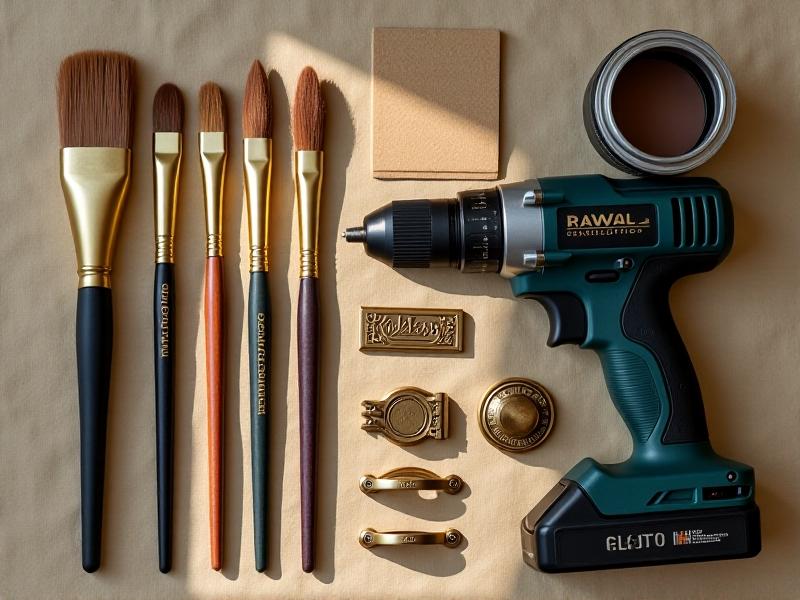
Step-by-Step Transformation Process
Begin by removing hardware and cleaning surfaces with trisodium phosphate to eliminate grime. Sand thoroughly to strip old finishes; this helps new paint adhere. Fill imperfections with wood filler, then prime. For a trendy two-tone look, paint the body in a muted hue (like sage green) and drawers in contrasting black. Replace dated handles with sleek brass pulls. To adapt drawers for tech, install built-in outlets or fabric-lined compartments for devices.
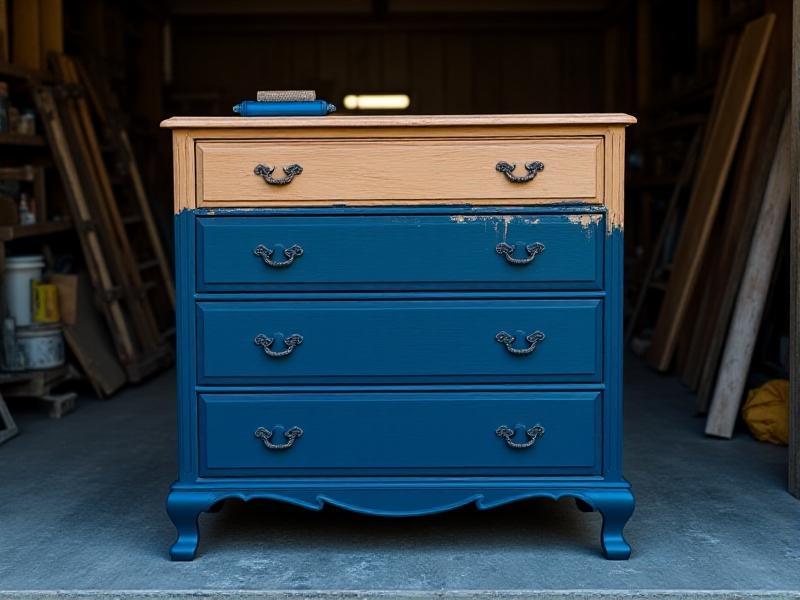
Styling Your Upcycled Media Console
Once functional, style your console to elevate your space. Anchor a 55-inch TV atop it, flanked by potted snake plants. Use open shelves for coffee table books or a vinyl record collection. Hide routers in drawers with drilled ventilation holes. Add personality through decor: a ceramic table lamp, minimalist sculptures, or a framed vintage movie poster above. The goal? Let the piece feel intentional, not like a repurposed afterthought.
Sustainability: Why Repurposing Beats Buying New
The EPA reports 12 million tons of furniture end up in landfills annually. By upcycling, you divert waste and reduce demand for resource-intensive new products. A single dresser conversion saves approximately 200 pounds of CO2 emissions compared to manufacturing a new console. Plus, vintage pieces lack the volatile organic compounds (VOCs) found in particleboard. Your project isn’t just stylish—it’s a small act of environmental stewardship.
Case Study: A 1950s Dresser’s Second Life
Take Sarah K.’s 1950s maple dresser. After removing water stains with oxalic acid, she painted the base in Farrow & Ball’s ‘Down Pipe’ and stained the top walnut. She replaced porcelain knobs with recessed leather pulls, then added a slide-out tray for a cable box. Total cost: $220 vs. $1,200 for a luxury console. The piece now anchors her family’s movie nights, complete with a hidden mini-fridge in the bottom drawer for snacks.
